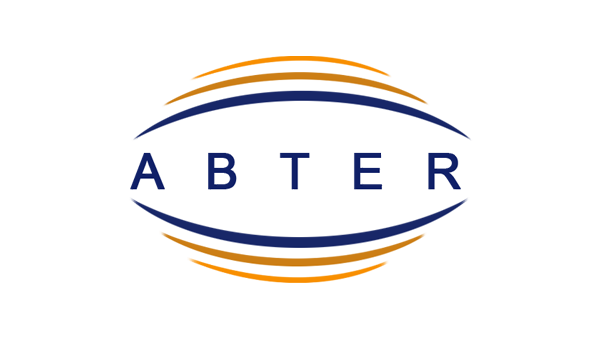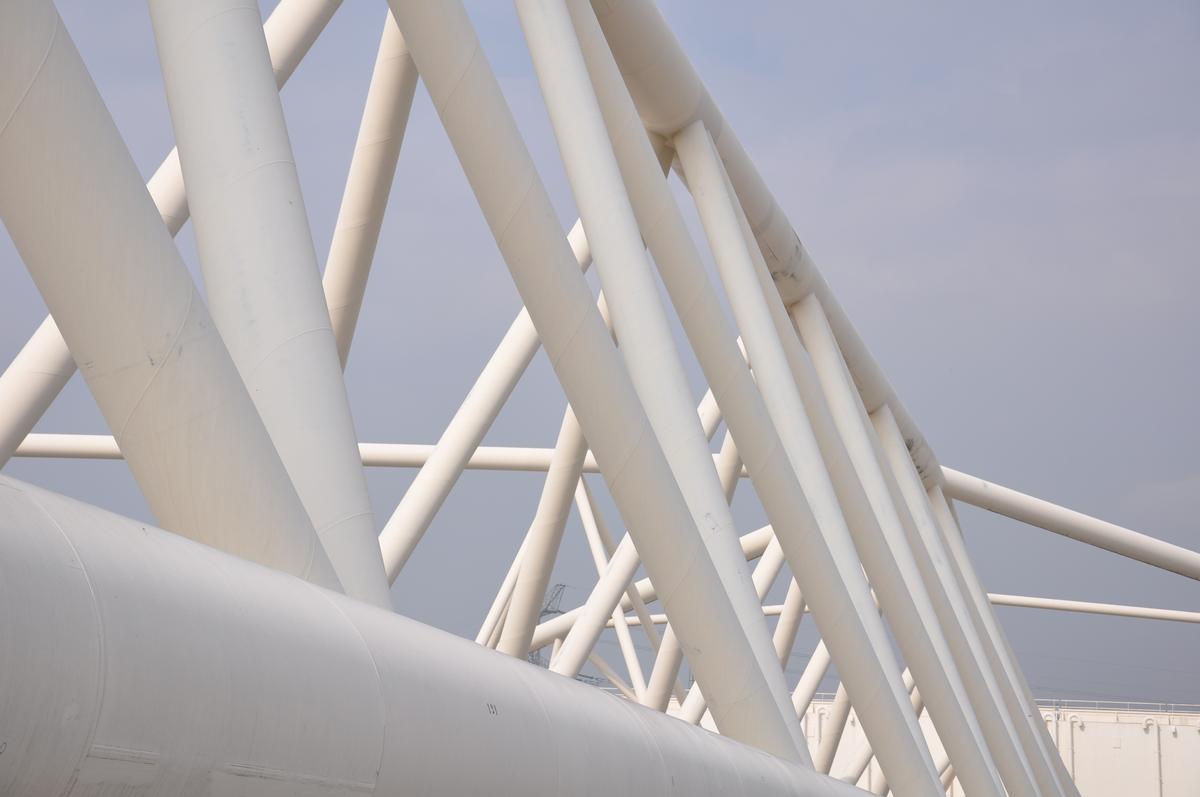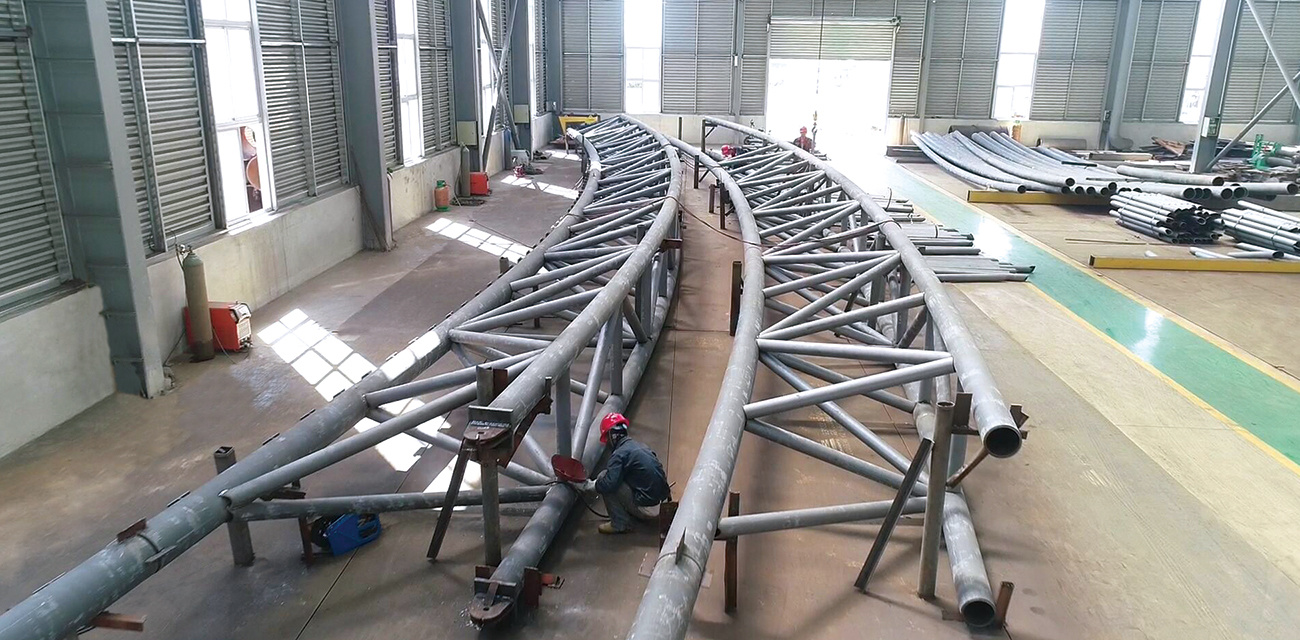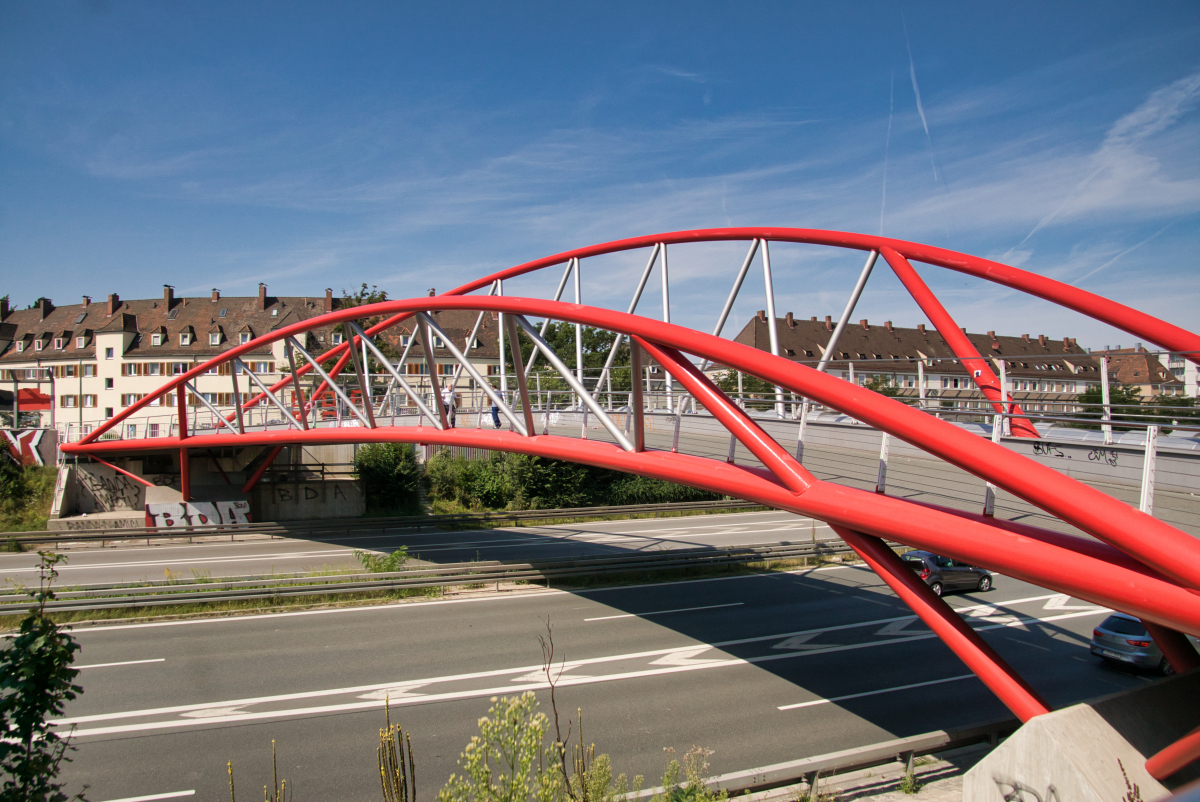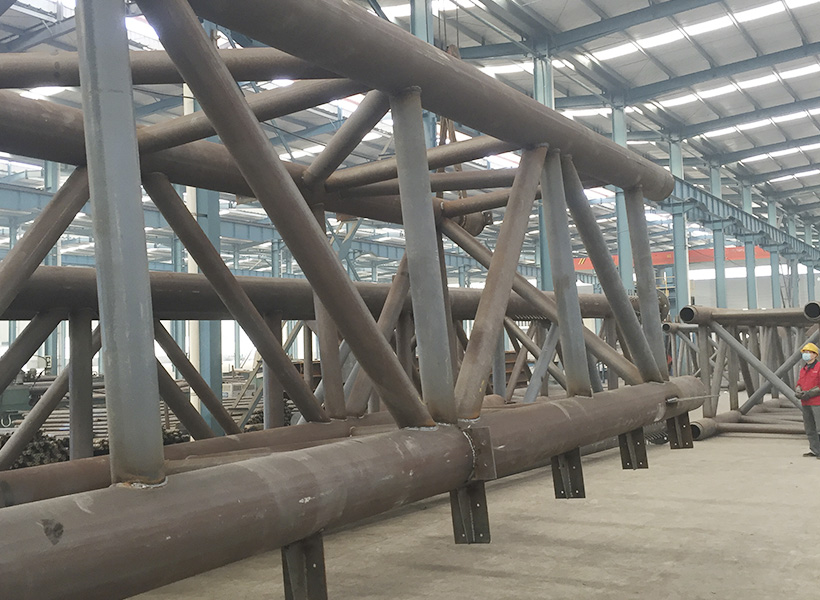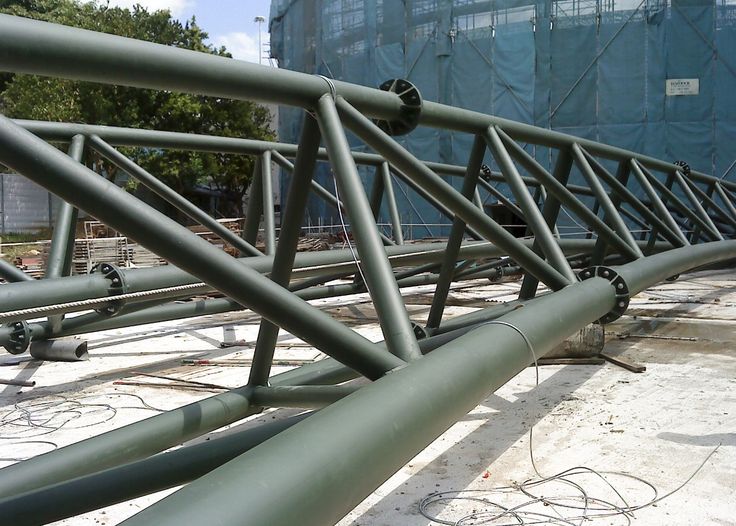The Unseen Curves of Efficiency: A Comprehensive Exposition of Buttweld 5D Pipe Bends in Critical Service
The global infrastructure of energy and process industries—encompassing oil and gas pipelines, petrochemical plants, power generation facilities, and chemical processing complexes—is a testament to integrated engineering, where every component must fulfill precise geometric and metallurgical criteria. Among the most crucial, yet often underestimated, of these components is the Buttweld 5D Pipe Bend. This specialized fitting is the embodiment of a calculated compromise between physical space and fluid dynamic efficiency, defined by a specific radius-to-diameter ratio that maximizes flow integrity and minimizes structural stress within high-reliability systems. The manufacture and wholesale of these bends span a vast array of materials, from conventional Carbon Steel to exotic Nickel Alloys like Monel and Alloy 200, governed by stringent international standards such as ASME B16.9 and the overarching mandates of ASTM for material integrity.
The detailed understanding of the 5D pipe bend requires a synthesis of fluid mechanics, solid mechanics, and advanced metallurgy. It is a product whose selection is a strategic engineering decision, aimed at reducing frictional losses, mitigating erosion and corrosion, and enhancing the overall flexibility and fatigue life of a piping system. To fully appreciate its significance is to move beyond its simple function as a directional change and to recognize it as a high-performance element essential for the safety and efficiency of global industrial operations.
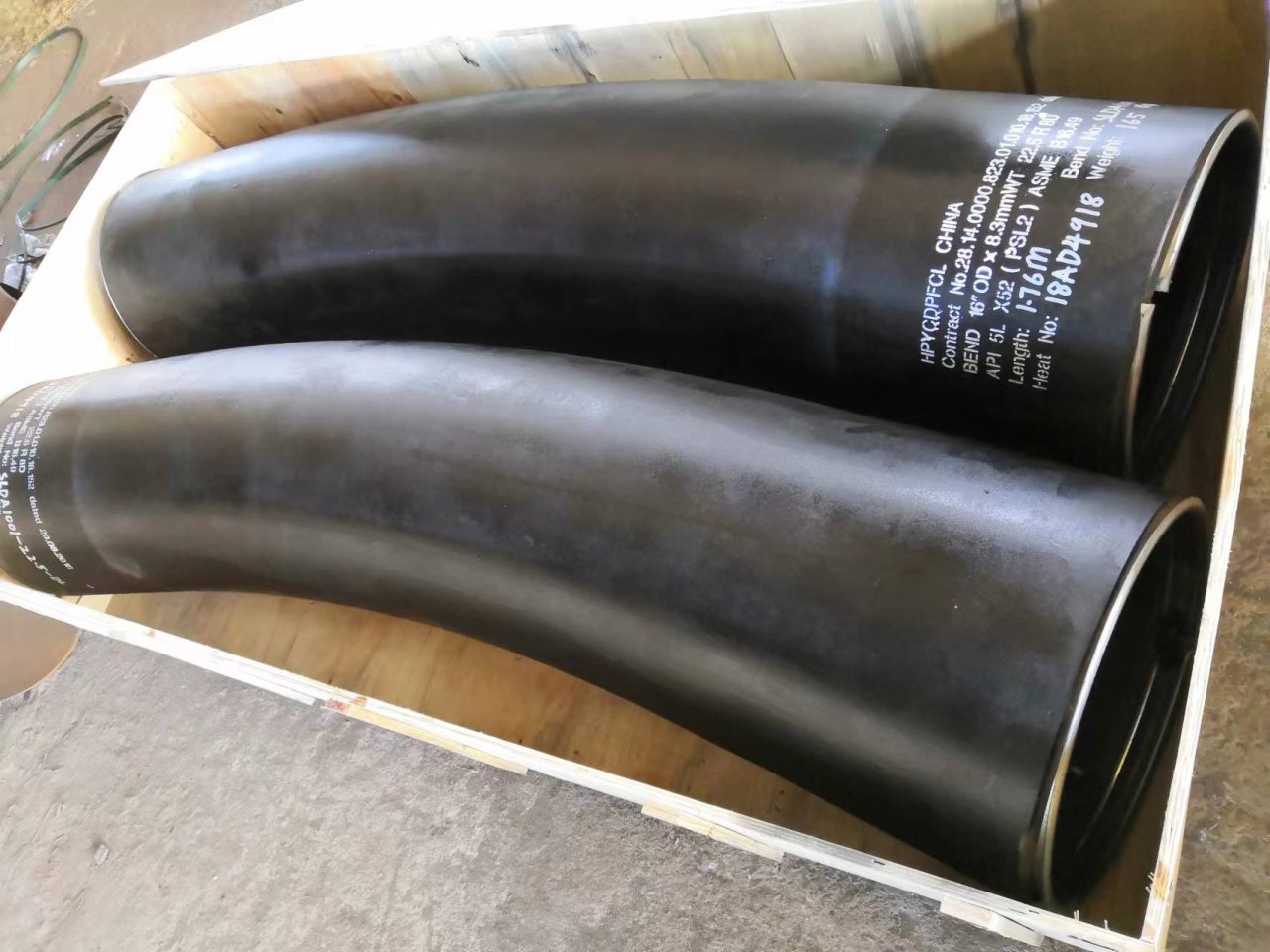
1. What is a Buttweld 5D Pipe Bend? The Geometry and Fluid Dynamic Imperative
To define a 5D pipe bend is to establish a precise geometric relationship between the piping system’s nominal size and the curvature of the directional change. A pipe bend is classified by its radius of curvature ($R$) relative to the nominal diameter ($D$) of the pipe. Specifically, a 5D pipe bend possesses a center line radius ($R$) that is exactly five times the nominal diameter ($D$). For example, a 12-inch nominal pipe size (NPS 12) 5D bend would have a center line bending radius of 60 inches ($12 \times 5 = 60$).
This geometric specification is a direct response to the inherent inefficiencies and risks associated with abrupt directional changes. Standard factory-made elbows are typically defined as short radius (1.0D) or long radius (1.5D). While 1.0D and 1.5D elbows are compact and useful where space is constrained, the tighter curvature leads to significant flow disruption. As fluid encounters a sharp turn, high-velocity streaks form near the outer wall (extrados) while low-velocity or recirculating flow forms near the inner wall (intrados). This phenomenon generates intense turbulence, resulting in three primary negative consequences that the 5D bend is engineered to mitigate:
-
Pressure Head Loss: The severe turbulence causes a substantial dissipation of energy, leading to a high pressure drop across the fitting. In extensive pipeline systems, accumulated pressure loss equates to massively increased operational costs due to the higher pumping power required. The gentler 5D radius significantly reduces the turbulence and the resulting resistance coefficient, making the flow far more laminar and efficient.
-
Erosion and Corrosion: The high-velocity streaks and localized turbulence can accelerate erosion-corrosion, particularly when the fluid contains abrasive solids (slurry service) or corrosive agents. The impact velocity of the fluid on the inner wall of a tight bend is drastically reduced in a 5D bend, prolonging the service life of the component, which is particularly critical in slurry pipelines or piping transporting aggressive chemical media.
-
Stress Concentration: From a solid mechanics perspective, a tighter curvature results in a higher Stress Intensification Factor (SIF). This factor, used in the ASME B31 pressure piping codes (B31.1, B31.3), indicates how much the stresses in the fitting are magnified compared to the straight pipe. A 5D bend, being much more flexible, exhibits a significantly lower SIF than a 1.5D elbow. This increased flexibility is vital for absorbing thermal expansion, minimizing reaction loads on rotating equipment, and enhancing resistance to fatigue failure caused by cyclical stresses (pressure, thermal, or vibration).
The Buttweld connection is mandatory for these fittings because it provides a joint of maximum integrity, capable of matching the strength and leak-tightness of the joined pipe section. The end preparation of the 5D bend is a precisely machined bevel, designed for full-penetration butt welding, ensuring continuity of material and stress distribution across the system, a critical requirement for high-pressure or hazardous fluid service. The very existence of the 5D bend, therefore, represents a fundamental engineering decision to prioritize long-term system efficiency and structural safety over marginal space-saving.
2. Standard Specification for 5D Pipe Bends: The ASME B16.9 Mandate
While the geometric definition ($R=5D$) is the product’s signature, its standardization and quality control are governed by the overarching framework of ASME B16.9, titled “Factory-Made Wrought Butt-Welding Fittings.” Although ASME B16.9 primarily covers standard 1.5D long-radius elbows and 1.0D short-radius elbows, it also serves as the fundamental dimensional and tolerance basis for specialized components like 3D and 5D pipe bends, often referenced through specific project specifications that call for ASME B16.9 compliant dimensions and tolerances for the non-standard radius.
The core role of the ASME B16.9 standard is to ensure interchangeability and reliable structural integrity. It dictates critical parameters for buttweld fittings, including:
-
Dimensional Tolerances: The allowable deviation for the outside diameter (OD), wall thickness (WT), and end-to-center dimensions must meet B16.9’s stringent requirements, even if the radius is non-standard. The standard ensures that the bend fits seamlessly with the straight pipe without misalignment issues that could compromise the weld.
-
End Preparation: The required bevel angle, root face, and wall thickness tolerance at the welding ends are meticulously defined to facilitate proper joint alignment and consistent, high-quality full-penetration welding in the field.
-
Material and Grade Traceability: The standard requires that fittings be manufactured from material conforming to specific ASTM, ASME, or equivalent material specifications, ensuring that the chemical composition and mechanical properties are verifiable and traceable back to the raw material certificate.
However, the 5D bend, due to its specialized nature, is usually produced by methods outside of the typical forging or pressing used for standard elbows. It is often created through Hot Induction Bending (HIB), where a straight pipe section (conforming to API 5L, ASTM A106, A312, etc.) is heated locally by an induction coil while being simultaneously pushed through a bending die. This process creates a smooth, single-seam bend, often eliminating the multiple welding points required if a standard elbow and straight pipe were welded together to achieve the long radius. The integrity of the HIB process, including the post-bend heat treatment, must still be certified to meet the mechanical requirements of the ASTM material specification referenced by ASME B16.9. Thus, the standard acts as a crucial bridge between geometry and metallurgy.
3. Material and Grades of 5D Pipe Bend: A Spectrum of Service

The need for 5D bends is universal across industrial sectors, driving their manufacture in a vast array of metallic alloys, each selected for its specific resistance to temperature, pressure, corrosion, and erosion. The designation of a 5D bend begins with the geometry ($R=5D$) but concludes with the metallurgical specification.
A. Carbon Steel and Low-Alloy Steel (The Workhorses)
Carbon and Low-Alloy Steels are used where the primary concerns are pressure and mechanical strength at ambient or moderate temperatures, often in hydrocarbon transportation. The fittings are typically manufactured from pipe materials conforming to standards like ASTM A106 Grade B/C (Seamless Pipe) or API 5L Grades B to X70 (High-Strength Line Pipe), resulting in fittings that conform to the chemical and mechanical properties of ASTM A234 Grade WPB, WPC, or ASTM A860 WPHY Grades 42 to 70.
-
Engineering Focus: The alloy selection here is driven by weldability and high Yield Strength ($R_{eH}$). High-yield grades like A860 WPHY 65/70 utilize micro-alloying elements (Niobium, Vanadium) to achieve strength without excessive Carbon, ensuring a low Carbon Equivalent (CE) for reliable field welding.
-
Applications: Major cross-country pipelines (oil, gas), power plant cooling water systems, and general industrial process lines.
B. Stainless Steel (Corrosion and Cryogenics)
Stainless Steel 5D bends, primarily governed by ASTM A403 (Wrought Austenitic Stainless Steel Piping Fittings), are essential where resistance to corrosion is paramount, particularly in chemical processing, food and beverage, and pharmaceutical industries. The most common grades are WP304/304L and WP316/316L.
-
Engineering Focus: The presence of Chromium (Cr) for corrosion resistance and Nickel (Ni) for microstructure stability (austenitic) defines this class. The “L” grades (low carbon) are essential for 5D bends subjected to welding, as the low carbon content prevents sensitization—the precipitation of Chromium Carbides at grain boundaries during high-temperature welding or forming, which depletes the surrounding matrix of Cr and makes the material susceptible to intergranular corrosion.
-
Applications: Chemical reactors, pharmaceutical lines (high-purity), and systems requiring high resistance to sulfuric, nitric, or phosphoric acids. Duplex grades (e.g., UNS S32205) are used where higher strength and resistance to stress corrosion cracking (SCC) are required.
C. Nickel Alloys (Extreme Environments)
For the most demanding corrosive or high-temperature environments, Nickel Alloys are mandated. The use of 5D bends in these materials highlights their critical role, as these alloys are costly and difficult to form.
-
Monel (Nickel-Copper Alloy): Specified for aggressive service, particularly in marine environments and handling hydrofluoric acid. The Monel 400 5D bend is utilized in offshore platforms, heat exchangers, and seawater piping where it exhibits exceptional resistance to chloride stress corrosion cracking and pitting. The metallurgical challenge is managing the Ni-Cu ratio during forming and ensuring post-weld integrity.
-
Nickel Alloy 200 (Commercially Pure Nickel): Utilized for high-purity applications, especially in handling caustics (sodium hydroxide) and chlorine, where it maintains structural integrity and corrosion resistance up to high temperatures. The challenge here is ensuring the material remains free of trace impurities that could compromise its corrosion resistance in such specific chemical media.
The comprehensive tables at the end of this exposition will provide a detailed, comparative breakdown of the chemical, mechanical, and heat treatment requirements for these diverse materials under the 5D geometry mandate.
4. ASME B16.9 Buttweld 5D Pipe Bends Available Types and Dimensional Control
While the 5D bend is a geometric category, its physical realization must conform to the dimensional types and tolerance envelopes established by ASME B16.9. These bends are always categorized as long-radius bends (as $5D$ is much greater than the standard $1.5D$).
The “types” available relate primarily to:
-
Angle of Bend: Common angles are $90^{\circ}$, $45^{\circ}$, $180^{\circ}$, or any specified custom angle to suit the piping route. The $90^{\circ}$ and $180^{\circ}$ bends are the most frequent, providing a complete directional or U-turn change with minimal flow resistance.
-
Wall Thickness Schedule: The wall thickness must match the schedule of the connecting pipe. Schedules range from lightweight SCH 10S (common in stainless steel for low-pressure/corrosion-resistance service) through SCH 40, SCH 80, SCH 160, up to XXS (Double Extra Strong) for extreme high-pressure applications. The wall thickness dictates the pressure rating and is governed by the ASME B31 pressure piping codes (B31.3 for Process Piping, B31.1 for Power Piping).
-
End Finish: All 5D buttweld bends are supplied with machined ends prepared for welding, typically a $30^{\circ}$ bevel with a standard root face, ensuring compatibility with the pipe end preparation.
A crucial aspect of quality control is maintaining the wall thickness schedule tolerance throughout the bend. During hot induction bending, the material is stretched on the extrados (outer curve) and compressed on the intrados (inner curve). The ASME B16.9 tolerance requires that the wall thickness does not fall below the minimum required thickness dictated by the pressure design formula, $t_{min} = (PD / 2SE + YP)$, where $P$ is pressure, $D$ is diameter, $S$ is allowable stress, $E$ is joint efficiency, and $Y$ is a temperature factor. Manufacturing rigor dictates that the reduction on the extrados must not exceed $12.5\%$ of the nominal wall thickness, and the wall thickness on the intrados must not exceed $20\%$ of the nominal wall thickness, ensuring the structural integrity is preserved across the entire arc.
5. Buttweld 3D Pipe Bend Application: A Contrast in Design Philosophy
While the focus remains on the 5D bend, understanding the application of the 3D pipe bend provides necessary context for the design philosophy. The 3D bend ($R=3D$) is an intermediate radius, tighter than the 5D but much gentler than the standard 1.5D elbow.
The 3D bend is often selected when:
-
Space is Restricted: The 5D bend is simply too large to fit the available physical layout (e.g., on a compact offshore platform or inside a confined plant area).
-
Moderate Flow Efficiency is Acceptable: The fluid being transported is less viscosity-sensitive, or the pressure loss budget allows for the higher resistance coefficient inherent to the tighter 3D radius.
-
Erosion is Less Severe: The fluid does not contain highly abrasive particles, mitigating the risk of rapid localized wear that a tighter bend would exacerbate.
The 3D bend represents a compromise, accepting a moderate increase in pressure loss and SIF in exchange for a significant reduction in required installation space compared to the 5D option. Conversely, the 5D bend is specified when optimal flow efficiency and minimal fatigue stress are the absolute, non-negotiable requirements, regardless of the spatial constraints imposed by the component’s size. Applications for 5D bends therefore cluster around high-volume, high-value systems, such as the main header lines in LNG plants, long-distance slurry pipelines, and critical circulation loops in nuclear power plants, where the capital investment in the larger component is easily justified by decades of operational savings and safety assurance.
6. Export Dynamics, Wholesaling, and Global Reach
The market for specialized fittings like the Buttweld 5D Pipe Bend is intrinsically global, driven by large-scale capital projects in the energy, chemical, and infrastructure sectors. Wholesalers and manufacturers operate within a complex ecosystem of international logistics, certification, and material traceability.
The role of the wholesaler is crucial in bridging the gap between specialized manufacturing capabilities (often centralized in specific industrial regions) and the geographically diverse project sites (often remote locations in the Middle East, Africa, or remote Australia). A wholesaler must manage inventory across the vast material and size spectrum—from NPS 4 SCH 40 Monel 400 5D bends up to NPS 36 SCH 80 Carbon Steel A860 WPHY 65 5D bends—a logistical challenge that demands deep technical knowledge and substantial capital.
Export Destinations For 5D Pipe Bends
The primary export destinations are dictated by global capital expenditure in energy and resource development:
-
Middle East (UAE, Saudi Arabia, Qatar): Massive investments in oil, gas, LNG, and desalination plants create constant demand for high-grade Carbon Steel (A860 WPHY) and specialized alloys (Stainless Steel, Duplex) for sour service and coastal environments.
-
Southeast Asia (Singapore, Malaysia, Indonesia): Hubs for petrochemical processing and LNG liquefaction, requiring high volumes of Stainless Steel (A403) and Nickel Alloys due to the severe corrosive environment (heat and humidity) and complex process media.
-
North and South America (USA, Canada, Brazil): Continuous pipeline projects (requiring high volumes of high-yield A860 fittings), as well as complex refinery and chemical plant expansions, drive demand for the full range of 5D bends.
-
Europe: Nuclear power decommissioning/construction, specialized chemical plants, and high-specification utility projects require fittings across all grades, with a strong emphasis on traceability and EU standards compliance.
Certification and Documentation
The global wholesale market is governed by certification standards. The most common requirement is the 3.1 Mill Test Certificate (MTC), certified by the manufacturer’s internal quality department, verifying that the physical material meets the ASTM/ASME chemical and mechanical specifications. For highly critical projects (e.g., nuclear or ultra-deep water oil & gas), a 3.2 Certificate is required, meaning an independent third-party inspection agency (such as Lloyd’s Register or TÜV) verifies the MTC and witnesses the testing procedures. This rigorous documentation chain is the final guarantee of the 5D bend’s fitness for service.
7. Synthesis and Conclusion: The Architecture of Reliability
The Buttweld 5D Pipe Bend, regardless of whether it is forged from A403 Stainless Steel for a pharmaceutical clean room or induction bent from A860 WPHY 70 for a high-pressure natural gas pipeline, is a product defined by its engineering intent: optimal flow efficiency and maximum structural integrity.
The geometrical mandate of $R=5D$ is a clear design choice that minimizes turbulence and pressure head loss, translating directly into vast energy savings over the lifecycle of a major installation. The manufacturing challenge—applying severe forming techniques while strictly adhering to the metallurgical integrity of the base material—is surmounted by advanced processes like Hot Induction Bending and precise post-forming heat treatment (solution annealing for SS, normalizing/Q&T for HSLA steels).
The comprehensive tables below summarize the diverse requirements necessary to manufacture and certify these critical components, reinforcing the technical depth and quality assurance required by this specialized product line.
Comprehensive Technical Data Tables
| Material Category | Standard & Specification | Key Chemical Elements | Heat Treatment Requirements |
| Carbon/Low-Alloy Steel | ASTM A234 WPB/WPC, A860 WPHY 42-70 | C, Mn, Si, P, S, V, Nb, Ti | Normalizing (N) or Quenching & Tempering (Q&T) for high-yield grades (WPHY $\geq 60$). |
| Stainless Steel (Austenitic) | ASTM A403 WP304/304L, WP316/316L | Cr (16-20%), Ni (8-14%), Low C ($\leq 0.035\%$ for “L” grades) | Solution Annealing (Heated to $\sim 1050^{\circ}\text{C}$ and rapidly water-quenched) to dissolve carbides. |
| Nickel-Copper Alloy | ASTM B366 WPNC400 (Monel 400) | Ni (63% min), Cu (28-34%), Fe (2.5% max) | Stress-relieving or Annealing as required; difficult to form cold. |
| Commercially Pure Nickel | ASTM B366 WP-Ni (Nickel Alloy 200) | Ni (99% min), Low C, Fe, Cu, Mn | Annealing (Typically required after forming). |
| Material Category | Tensile Requirements (Example Grades) | Application Focus | Features (Geometric & Material) |
| Carbon/Low-Alloy Steel | A860 WPHY 60: $R_{eH} \geq 415 \text{ MPa}$, $R_m \geq 520 \text{ MPa}$ | Major Oil/Gas Pipelines, High-Pressure Systems, Power Plants. | High strength-to-weight ratio, excellent field weldability (Low CE), low SIF. |
| Stainless Steel | A403 WP316L: $R_{eH} \geq 170 \text{ MPa}$, $R_m \geq 485 \text{ MPa}$ | Chemical Processing, Petrochemical, Food & Beverage, Cryogenic Service. | Exceptional corrosion resistance, low carbon for intergranular corrosion avoidance. |
| Nickel-Copper Alloy | Monel 400: $R_{eH} \geq 240 \text{ MPa}$, $R_m \geq 550 \text{ MPa}$ | Seawater piping, Hydrofluoric Acid, High-Corrosion Oil & Gas. | High resistance to chloride pitting/SCC, moderate strength maintained at temperature. |
| Commercially Pure Nickel | Alloy 200: $R_{eH} \geq 105 \text{ MPa}$, $R_m \geq 380 \text{ MPa}$ | Handling Caustics (NaOH), High-Purity Applications. | Extreme resistance to alkaline media, high thermal/electrical conductivity. |
| Dimension Parameter | Standard Specification (ASME B16.9 Compliant) | Tolerance of Thickness Schedules |
| Bend Radius | $R = 5 \times D$ (Nominal Diameter) | Extrados (Outer Curve): Thickness not less than $87.5\%$ of nominal WT. |
| End Bevel | ASME B16.25 (Typically $37.5^{\circ}$ bevel, $1.6 \text{ mm}$ root face) | Intrados (Inner Curve): Thickness not greater than $120\%$ of nominal WT. |
| Center-to-End | Determined by $R=5D$ formula and bend angle | Ovality/Out-of-Roundness: Must meet OD tolerance (e.g., $\pm 1\%$). |
| Wall Thickness | Matches Schedule (SCH 10S to XXS) of connecting pipe | Weldability: End bevels must be concentric within B16.9 limits. |
